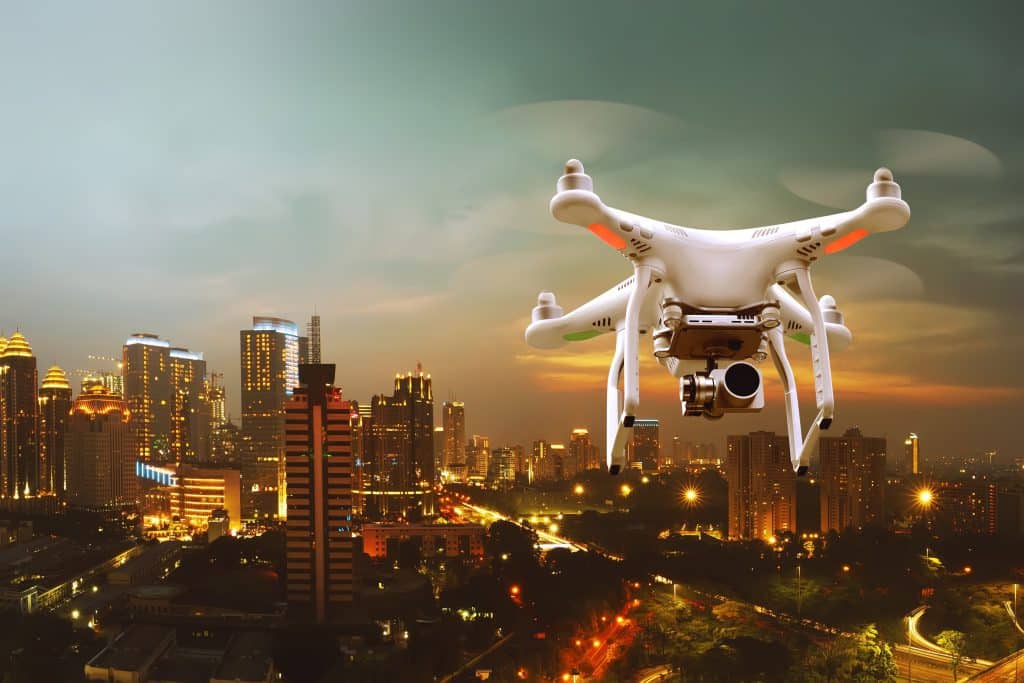
Although our drone insurance policies cover in the event of a flyaway, we are pretty sure that you would rather that the incident did not occur in the first place! According to users’ flight data, the vast majority of flyaway’s are caused by several common pilot errors. Below we have detailed five simple steps that you can take to prevent your drone from flying away:
Make Sure A Home Point Has Been Set
If you want your aircraft to automatically return home, make sure a home point has been set prior to take off. In order to do this, you will need at least 4 GPS signal bars.
Watch Out For Compass Interference
GPS signal is necessary but not sufficient for your drone to return to home safely. You drone’s compass also needs to be relatively free from interference. GPS only determines the drone’s location, the compass determines its orientation. If you initiate RTH, your aircraft will turn its head and fly back to the Home Point. But if it doesn’t know which way to turn, it may end up flying somewhere else.
Keep Your Drone Within Line of Sight
Your drone is much less likely to crash or get lost if you consistently maintain visual contact with your drone. Monitoring your drone solely through your live video feed is not the safest way to fly, as if you do this, you will not be able to see what’s behind or to either side of your drone. Sometimes ‘flyways’ are just accidents resulting from the drone not being visible.
Reset Your Home Point If You’re Moving
As long as you have sufficient GPS signal, your Home Point will set automatically when you take off. However, it won’t reset automatically if you move around. If you are moving in a boat, for example, you will need to rest your Home Point periodically.
Set An Appropriate RTH Altitude
RTH (Return To Home) is a failsafe function for drones which is used for flying back the aircraft to the last recorded Home Point automatically. It can also be manually triggered when you want your drone to fly back home autonomously. Make sure that you set your return home altitude so that it’s higher than anything in the area.
If you would like to discuss how our drone insurance policies cover such an incident as a ‘flyaway’, please do not hesitate to get in touch with a member of the team.
